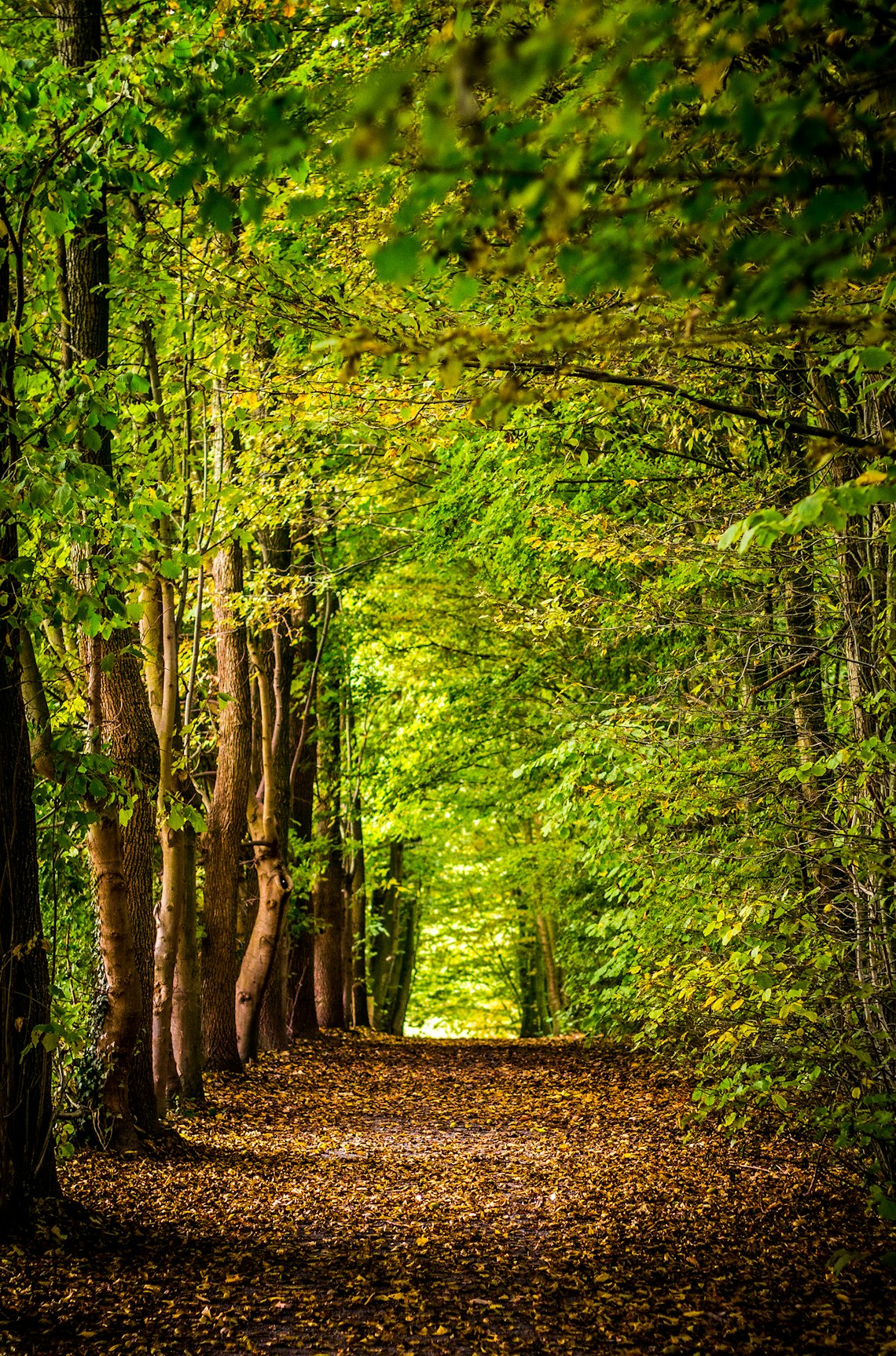Bamboo, often celebrated for its rapid growth and versatile applications, plays a crucial role in ecosystem restoration. As a fast-growing renewable resource, bamboo has become vital in promoting sustainable practices and enhancing biodiversity. Its unique properties make it an excellent choice for various environmental conservation efforts.
The Ecological Benefits of Bamboo
With its remarkable ability to grow up to 91 centimeters in a single day, bamboo is a powerful ally in combating environmental degradation. This resilient species contributes significantly to soil conservation, minimizing erosion and maintaining essential nutrients in the ground.
- Root System: Bamboo's extensive root system stabilizes soils, preventing landslides and promoting groundwater recharge.
- Carbon Sequestration: Bamboo forests capture large quantities of carbon dioxide, helping mitigate climate change effects.
- Biodiversity Haven: Serving as a habitat for various species, bamboo supports diverse ecosystems, enhancing wildlife sustainability.
Bamboo in Ecosystem Restoration Projects
Bamboo's role in ecosystem restoration projects cannot be overstated. Restoration initiatives often utilize bamboo to rejuvenate barren lands and restore degraded areas, given its high adaptability and low maintenance needs. Some of the key advantages include:
- Rapid Growth: Bamboo's fast growth rate ensures quick cover for barren landscapes, revitalizing them faster than most traditional trees.
- Water Retention: Enhancing water retention in dry areas, bamboo improves soil quality and supports plant growth.
- Sustainable Material Source: Bamboo provides a steady supply of sustainable materials for construction, textiles, and other industries, reducing reliance on conventional wood products.
Bamboo as a Pioneering Solution for Sustainable Materials
As we transition towards more eco-friendly practices, bamboo stands out as an exceptional source of sustainable materials. Its strength, flexibility, and renewable nature have made it a popular alternative in various sectors. Implementing bamboo in construction and manufacturing not only reduces the pressure on hardwood forests but also encourages a shift towards greener production practices.
Integrating Bamboo in Soil Conservation Efforts
The potential of bamboo in soil conservation strategies is considerable. Its dense root network serves as a natural barrier against erosion, making it indispensable in regions prone to soil degradation and environmental challenges.
Incorporating bamboo into ecosystem restoration and conservation efforts fosters more resilient landscapes and sustainable resource cycles. By supporting biodiversity and offering viable sustainable materials, bamboo stands out as a cornerstone of green initiatives worldwide.
For more insights on using renewable resources and enhancing environmental sustainability, explore our other articles on sustainable practices and renewable technologies.




